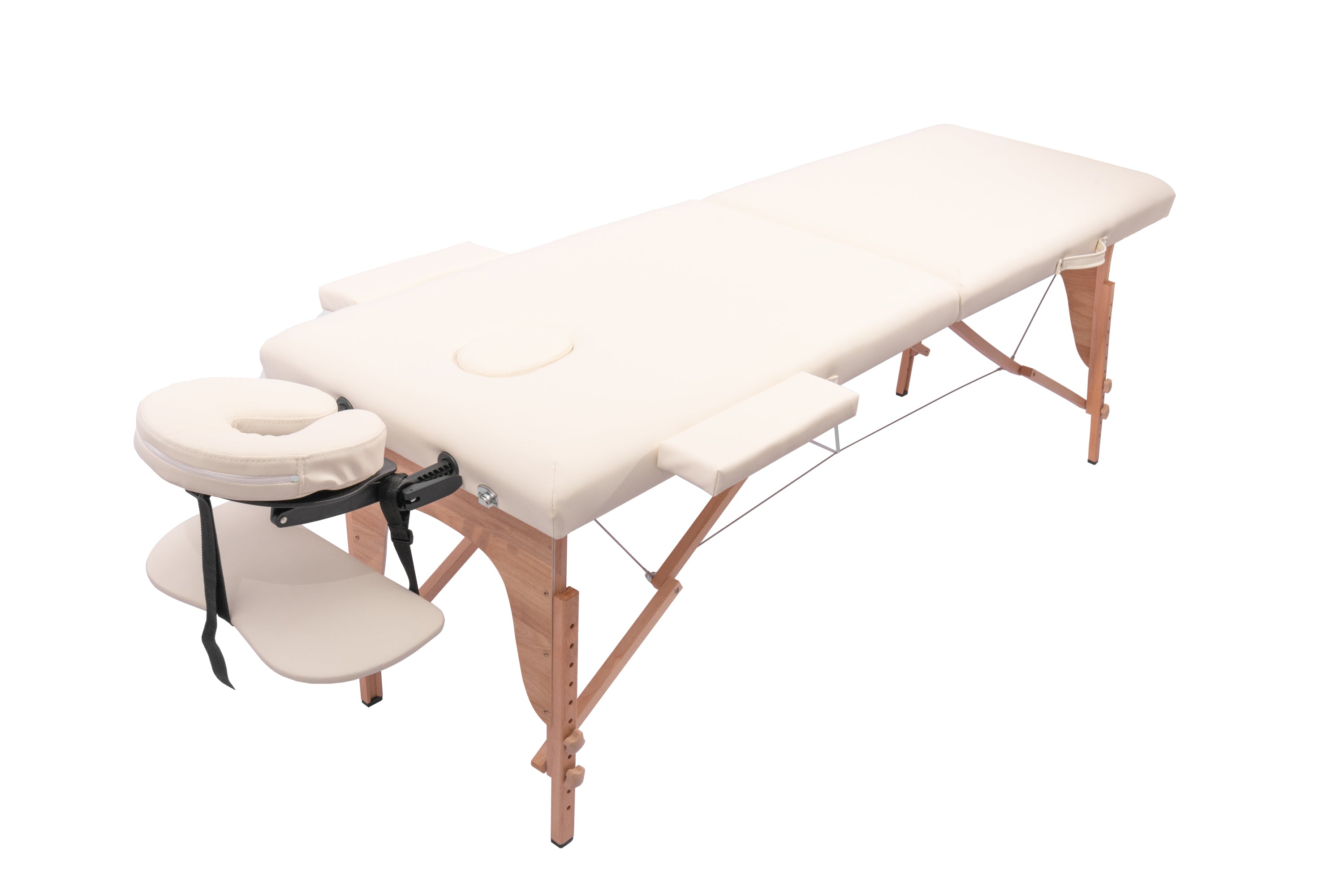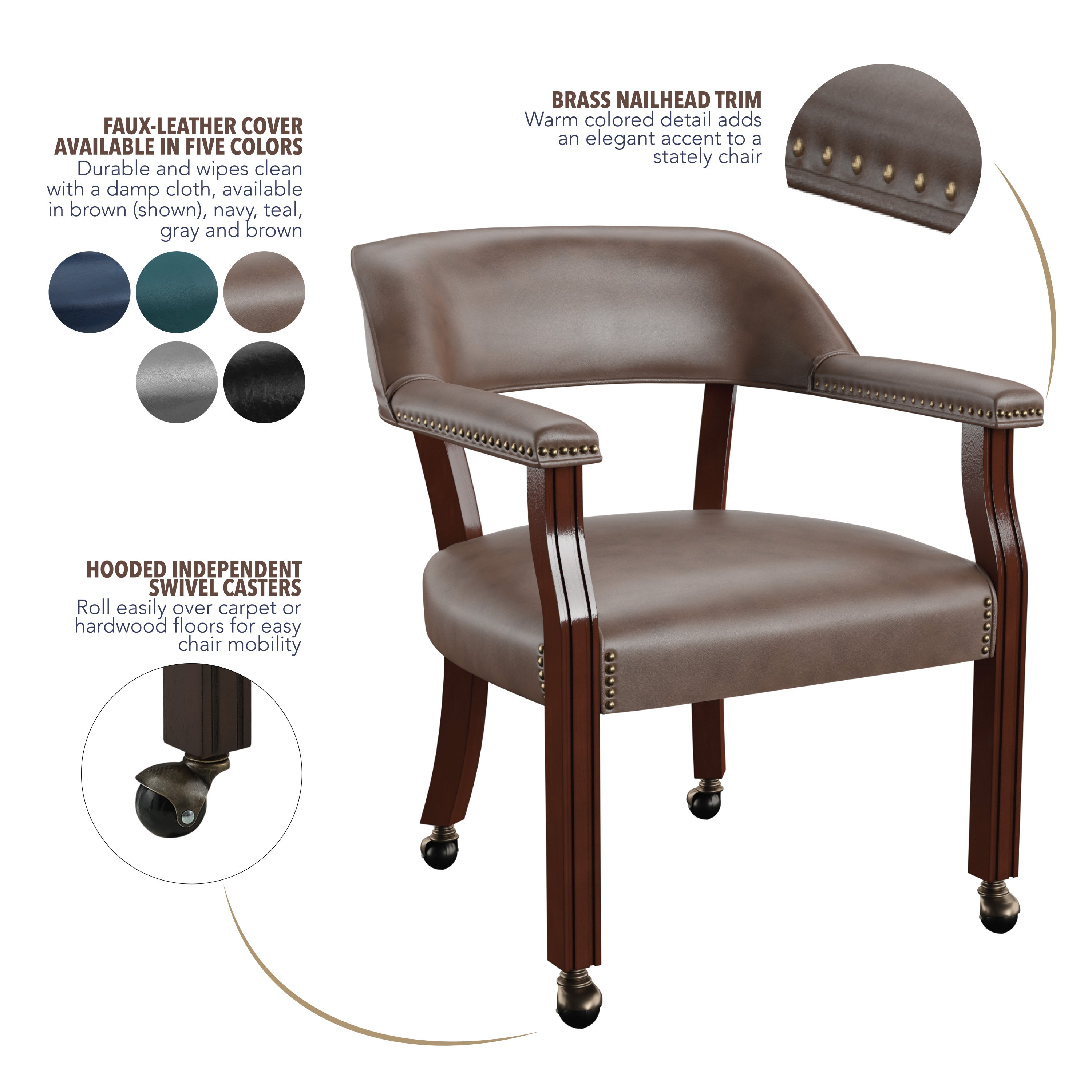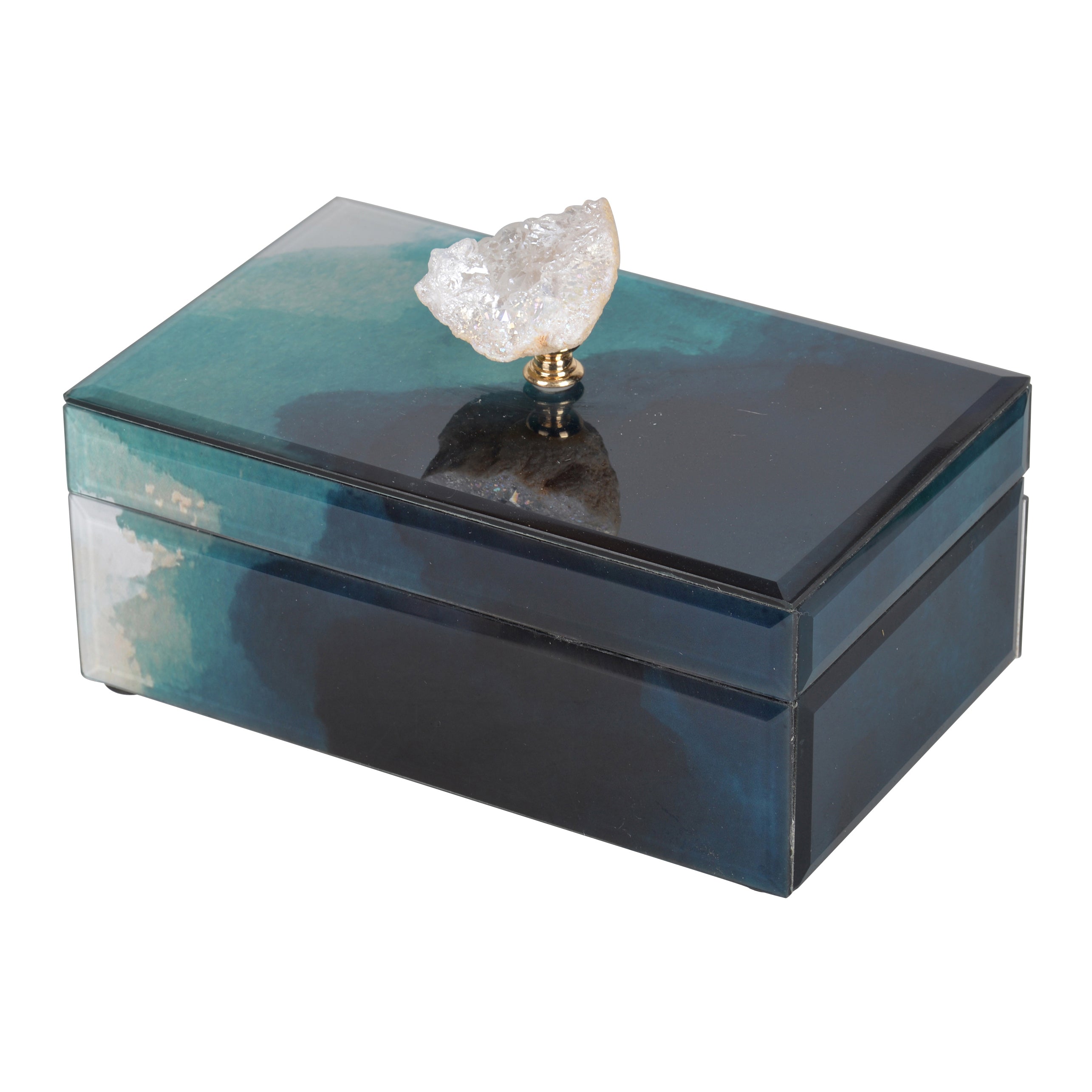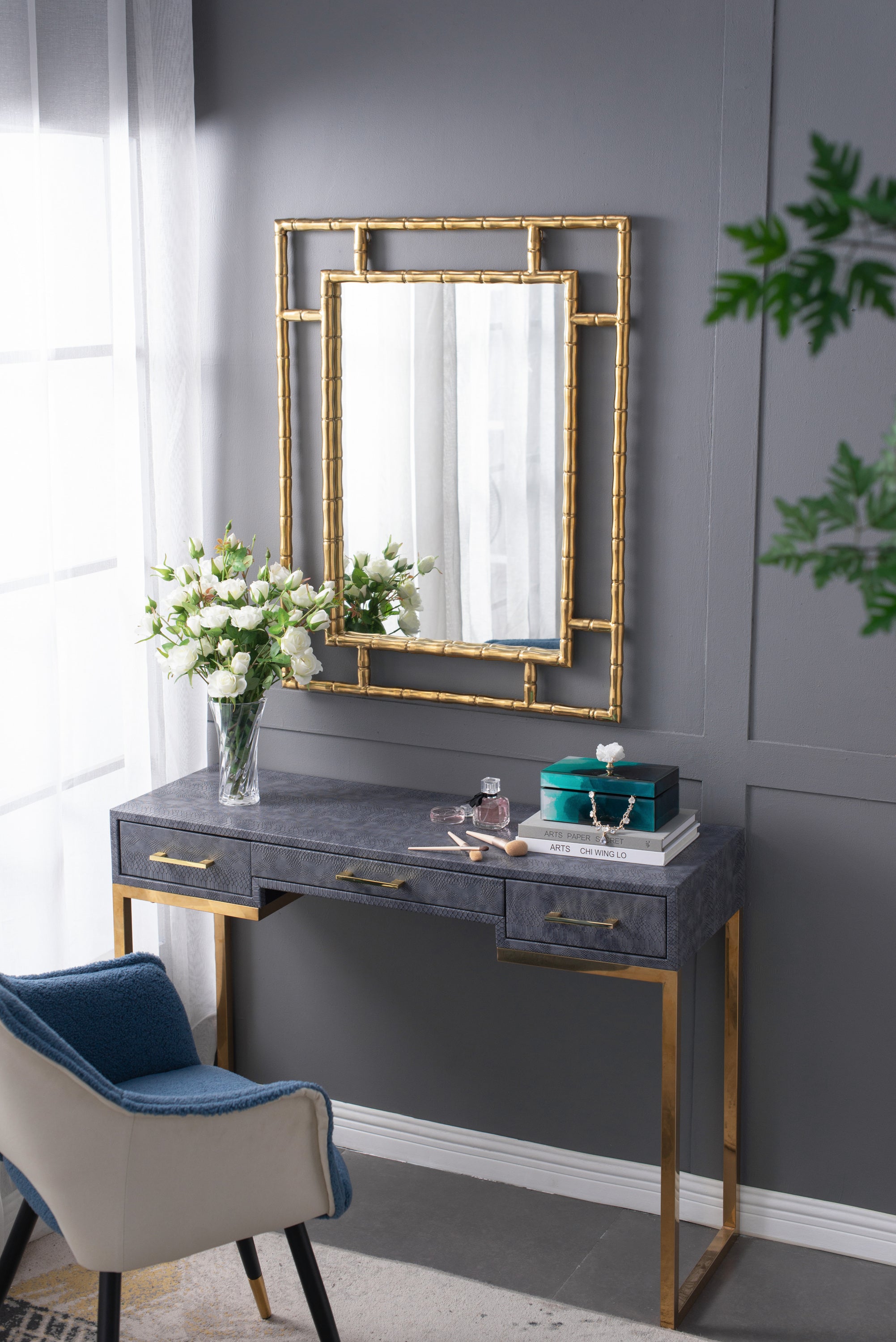Transforming your living space into a harmonious haven is an art form, and the foundation of that art lies in the strategic selection of colors. Whether you're revamping an entire home or simply refreshing a single room, the right color palette can make all the difference in crafting a space that truly reflects your personal style and enhances your overall well-being.
At Fenide, we believe that the power of color is not to be underestimated. From the soothing hues that lull us into a state of relaxation to the vibrant shades that energize and inspire, the colors we surround ourselves with have a profound impact on our moods, emotions, and overall quality of life. That's why we're here to guide you through the process of choosing the perfect color palette for your dream home.
Understanding Color Psychology
Before we dive into the practical aspects of color selection, it's essential to understand the underlying principles of color psychology. This fascinating field of study explores how different hues can influence our perceptions, feelings, and behaviors.
Warm Colors
Warm colors, such as reds, oranges, and yellows, are often associated with feelings of energy, passion, and warmth. These hues can create a cozy, inviting atmosphere and can be particularly effective in spaces where you want to encourage social interaction and stimulate creativity.
Cool Colors
On the other hand, cool colors like blues, greens, and purples tend to have a calming and soothing effect. These hues can help to create a sense of tranquility and relaxation, making them ideal for spaces where you want to promote rest and rejuvenation.
Neutral Tones
Neutral tones, including whites, grays, and beiges, offer a versatile foundation that can be easily combined with a variety of other colors. These hues can help to create a sense of balance and harmony, and can be particularly useful in open-concept spaces where you want to maintain a cohesive flow.
Selecting a Color Palette
Now that you have a better understanding of color psychology, it's time to start exploring the process of selecting the perfect color palette for your home. This step-by-step guide will help you navigate the world of color and find the combination that truly speaks to your personal style and the unique needs of your living spaces.
Identify Your Personal Style
Begin by taking a close look at your personal style and the overall aesthetic you're aiming to achieve. Are you drawn to modern, minimalist designs? Or do you prefer a more traditional, cozy vibe? Understanding your personal preferences will help you narrow down your color choices and ensure that your palette aligns with your desired aesthetic.
Consider Room Function
The function of each room in your home should also play a role in your color selection. For example, you may want to choose a more calming, soothing palette for your bedroom to promote restful sleep, while a vibrant, energetic palette could be more suitable for a home office or creative workspace.
Coordinate with Existing Furnishings
When selecting your color palette, be sure to take into account any existing furniture, artwork, or accessories you plan to keep. Choosing colors that complement these elements will help to create a cohesive, visually appealing space.
Room-by-Room Color Guide
Now that you've laid the groundwork for your color selection, let's dive into some room-specific recommendations to help you bring your vision to life.
Living Room
The living room is often the heart of the home, so you'll want to choose a color palette that sets the tone for the entire space. Consider a warm, inviting scheme with rich, earthy tones like terracotta, mustard, or deep olive green. Alternatively, a cool, serene palette with shades of blue, gray, or green can create a calming, sophisticated atmosphere.
Bedroom
When it comes to the bedroom, you'll want to prioritize colors that promote relaxation and restful sleep. Soft, muted tones like lavender, sage, or pale blue can have a soothing effect, while deeper shades of navy or charcoal can add a touch of elegance and drama.
Kitchen and Dining Area
In the kitchen and dining areas, you have the opportunity to play with a wider range of colors. Bright, cheerful hues like sunny yellow, vibrant turquoise, or fresh mint can create an energetic, inviting atmosphere, while more subdued tones like warm beige, soft gray, or classic white can lend a timeless, sophisticated feel.
Bathroom
Bathrooms often benefit from a calming, spa-like color palette. Consider serene shades of blue, green, or gray, which can help to create a sense of tranquility and relaxation. Alternatively, you can opt for a crisp, clean look with a monochromatic white or neutral scheme.
Color Combination Techniques
Once you've identified the general color direction for each room, it's time to explore different color combination techniques to bring your vision to life.
Monochromatic
A monochromatic color scheme uses various shades, tints, and tones of a single hue to create a cohesive, harmonious look. This approach can be particularly effective in creating a sense of calm and serenity.
Complementary
Complementary color schemes pair hues that are opposite each other on the color wheel, such as blue and orange or red and green. This bold, contrasting approach can add visual interest and energy to a space.
Analogous
Analogous color schemes use hues that are adjacent on the color wheel, such as blue, green, and turquoise. This approach can create a sense of flow and unity throughout a space.
Accent Colors
Incorporating accent colors can be a powerful way to add visual interest and personality to a room. Consider using pops of vibrant or unexpected hues to draw the eye and create a focal point.
Practical Application Tips
As you begin to implement your chosen color palette, keep the following practical tips in mind to ensure a seamless and successful transformation.
Test Colors Before Committing
Before making any final decisions, be sure to test your color choices by painting small sections of the wall or using color samples. This will allow you to see how the colors interact with the natural and artificial lighting in the space.
Work with Natural and Artificial Light
The way colors appear can be significantly influenced by the type and intensity of lighting in a room. Be mindful of how your chosen hues will respond to both natural and artificial light sources.
Budget-Friendly Color Transformation
If you're working with a tight budget, consider cost-effective options like accent walls, throw pillows, or even a fresh coat of paint on existing furniture to breathe new life into a space.
Avoiding Common Color Mistakes
As you embark on your color transformation journey, be mindful of these common pitfalls to ensure a successful outcome.
Overcrowding Colors
While variety can be visually interesting, too many colors in a single space can create a chaotic, overwhelming atmosphere. Stick to a cohesive palette and use accent colors sparingly.
Ignoring Room's Natural Lighting
The amount and type of natural light in a room can have a significant impact on how colors appear. Be sure to consider this factor when selecting your palette.
Neglecting Color Flow
When designing an open-concept space or a home with connected rooms, it's important to consider the flow of color between these areas. Ensure a seamless transition by incorporating complementary or analogous hues.
Conclusion
Unlocking the perfect color palette for your dream home is a journey of self-discovery, creativity, and a deep understanding of how color can shape our living experiences. By embracing the principles of color psychology, exploring various combination techniques, and applying practical tips, you can transform your living spaces into vibrant, harmonious havens that truly reflect your unique style and enhance your overall well-being.
At Fenide, we're here to support you every step of the way, providing high-quality home, tech, and lifestyle products that can help you bring your color vision to life. So, what are you waiting for? Start your color transformation journey today and unlock the true potential of your dream home.









